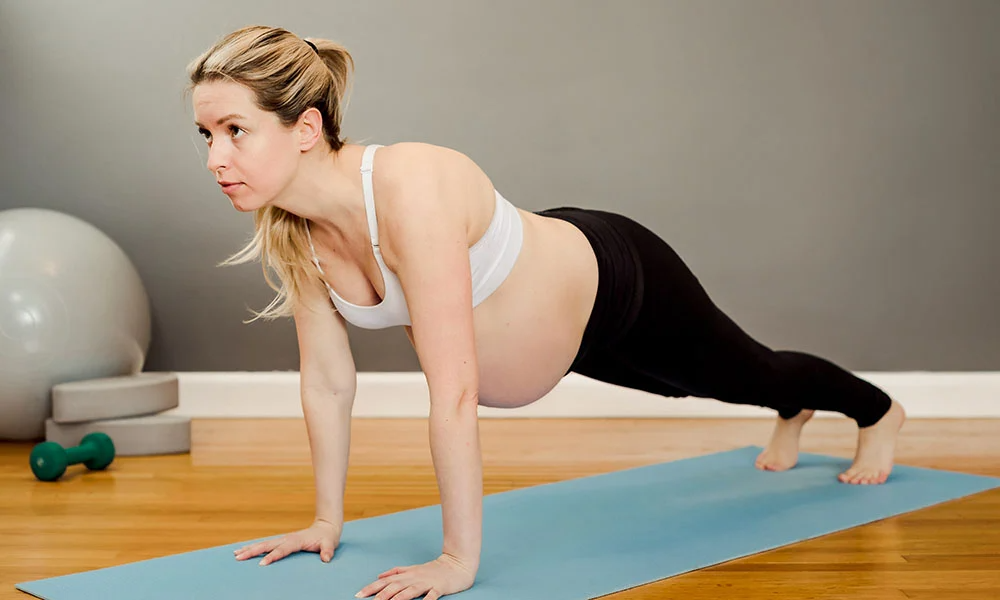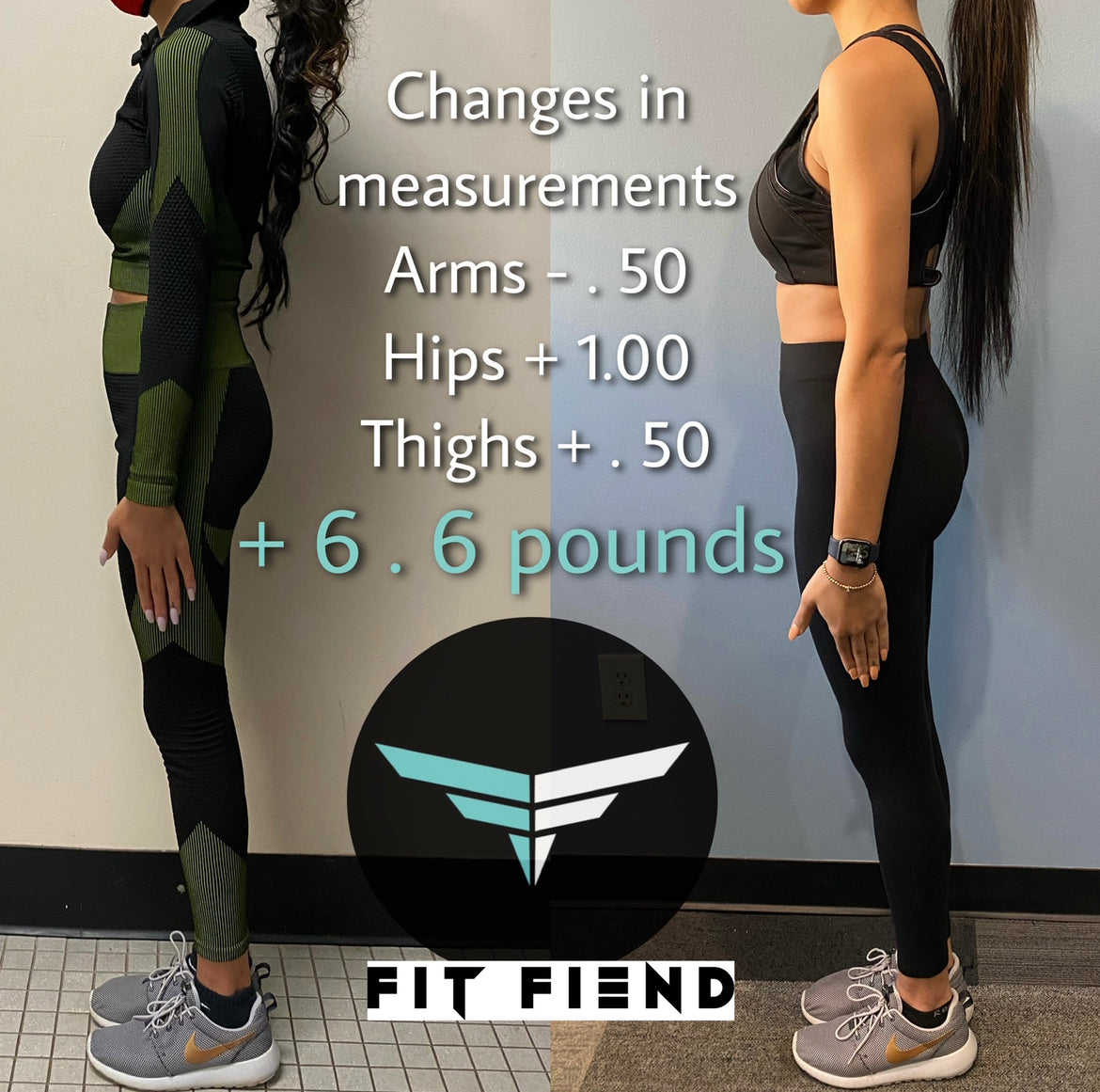
To become a certified personal training professional, you will need to find out how much you can earn per hour or annually. Additionally, you will need to be familiar with the requirements for personal trainer certification. This article will provide more information.
Average hourly wage for a certified personal traine in 2017
The hourly rate of a certified personal training professional is about $25. This figure is based on a survey by ACE. However, it is possible to vary the rates depending on your location. Part-time trainers generally charge about $25 to $35 an hour. They are paid on commission and do not get a flat hourly rate. Trainers also have access to a wider range of benefits. However, only five per cent of part-time personal coaches report receiving either partial or full benefits. 17% of full-time trainers, however, reported benefits.
You can charge an hourly fee as an independent trainer depending on your client base and experience. You can also set your rate. However, this is not a sure-fire way to determine how much you will earn. To find out your potential earnings in your area, it is best to do extensive research.

The average annual salary of a certified personal coach
The average salary for a certified personal coach is $32,039. However, this is an average salary for a certified personal trainer at $32,039. Certified personal trainers earn the most in the United States. They are the most popular in California, Hawaii. Alaska. Vermont. Salary is influenced by education and experience.
The fitness industry is growing rapidly, and there are numerous job opportunities available. Those who have the right credentials will earn a good salary. The average annual salary for certified personal trainers is in the 50k to 60k range. They are also able to set their own schedule. But, before you settle on a salary, make sure to take into account the cost of living within your city.
The salary range for certified personal training professionals is between $30,550 and $66,000 per annum, however, it is significantly lower for those who have a Bachelor's Degree. A majority of personal trainers are white so they earn less than their counterparts in the white industry. According to a survey, personal trainers with a PhD earned more than those with bachelors degrees.
Prerequisites in order to be certified as a personal trainer
A personal trainer is a specialist in nutrition and fitness, as well the creation of personalized training programs. Personal trainers need to have the following skills: They must be competent coaches, and they should also have good analytical and motivational skills. The majority of personal trainer certification programs require a high-school diploma. You can also get an associate's, bachelor's, or master's degree.

Once you've earned your personal trainer certification, you can start searching for a job. Search online or visit local health facilities to find a job. To find the right job, you can search online for jobs, as well as Facebook groups and social media. These resources can also be used to help you create your resume.
In order to become a certified personal trainer, you must complete a training program and pass a test associated with it. An example certification program requires you to assess a client's fitness and then design an exercise program. Some programs require you to demonstrate your teaching capabilities. Written exams will evaluate your knowledge of anatomy and benefits of exercise.
FAQ
Can exercise help me lose weight?
Yes. Regular exercise will help to reduce weight by burning more calories. Exercising can increase your metabolism so that you can burn calories even when you're not working out.
What does exercise do for your body?
Exercising helps you lose weight, build muscle mass, increase energy levels, reduce stress, and improve sleep quality. You will experience improved moods and self-esteem as well as increased productivity and a lower risk of developing heart disease.
What are resistance training exercises?
Resistance training can be done with weights or other objects. Lifting weights, for example, can help strengthen your arms and shoulders, chest, backs, legs, core, and core. Resistance training promotes strength, muscle mass, and bone density.
What are Cardio Exercises?
Cardiovascular activities are any exercise that makes your heart work harder than normal. Jogging, swimming and rowing are just a few examples. These activities help you burn fat and increase your metabolism. These activities can help you keep fit and strengthen your heart.
How do I get started with Fitness?
Start small. Take 10 minutes each day to walk around your block. This will help you learn basic movements and allow your muscles to adjust to the new routine. After you have mastered this basic form of exercise, you can add more steps to your daily schedule.
Why is physical fitness important for your health?
Physical fitness is extremely important for our health. Exercise is important to maintain your weight, strength and flexibility as well our cardiovascular system. Exercise is also good for our sleep, stress reduction, self-esteem and energy throughout the day.
Do I need heat before exercising?
Warming up before a sport can help reduce muscle soreness and increase performance. There are several ways to warm up. These include running, jumping ropes stretching, running and even cycling. You can start slowly and increase your intensity gradually.
Statistics
- In high-income countries, 26% of men and 35% of women were insufficiently physically active, as compared to 12% of men and 24% of women in low-income countries. (who.int)
- Adolescent girls were less active than adolescent boys, with 85% vs. 78% not meeting WHO recommendations of at least 60 minutes of moderate to vigorous intensity physical activity per day. (who.int)
- Physical activity confers the following maternal and fetal health benefits: a decreased risk of pre-eclampsia, gestational hypertension, gestational diabetes (for example, 30% reduction in risk) (who.int)
- Globally, 81% of adolescents aged 11-17 years were insufficiently physically active in 2016. (who.int)
External Links
How To
How To Burn Belly Fats Faster
Belly Fat is usually seen as a problem when we want to lose weight. If you look at it, belly fat is actually a positive thing. It is the fat in your stomach that protects your organs. Let's look at how to rapidly lose belly fat.
Stress and inactivity are two of the major factors that cause us to store body fat. Because of its stimulation of the production hormone cortisol, stress can make us feel hungry continuously. Cortisol can increase insulin levels in the blood. The excess calories stored as fat are then stored by insulin. A lack of sleep leads to adrenaline being released into the system which causes an increased appetite. Exercise helps to break down these extra calories.
There are many ways to reduce belly fat. Any one of these can be tried, depending on how much you have to spend. These are some great tips to help you lose belly fat fast.
-
Reduce the amount of food you eat. Eat smaller meals throughout the day rather than eating three big ones. This will help you consume less calories.
-
Drink plenty of fluids. Water flushes out toxins in your body and helps you stay hydrated. Also, drinking water before every meal will keep you feeling full longer so you won't overeat.
-
Avoid eating unhealthy snacks. If you're looking for quick fixes, snack foods like chips, cookies, candies, etc. might seem tempting. But avoid these fattening treats as they contain lots of empty calories and too much sugar. Choose healthier alternatives such as whole grains, vegetables, fruits, seeds, nuts and seeds.
-
At least three times per semaine, do strength training. Strength training helps build muscle mass, which means that you can burn more calories even when you are resting. It also strengthens bones, muscles, ligaments, tendons, the heart, lungs, and joints.
-
Move regularly and stretch. Stretching helps to improve flexibility and mobility, which reduces back pain. Walking for 30 minutes is a great way to burn calories.
-
Reduce alcohol intake. Reduce alcohol intake. Alcohol is a waste of calories and has no nutritional value.
-
Lose weight gradually. The first step towards losing weight is to identify what your current weight is. Add 5%-10% of your total bodyweight to calculate your ideal size. Once you have reached your target weight, begin decreasing your daily calories intake by 500-1 000 calories until you reach your goal.
-
Avoid processed food. These foods are high in salt, sugar, preservatives, and other harmful ingredients. While processed foods can be convenient, they don't offer enough nutrients to ensure your health.
-
Don't skip breakfast! Consuming breakfast increases concentration, memory and energy levels. Protein (like eggs), fiber and complex carbohydrates (like oatmeal) should be included in breakfast.
-
Have regular bowel movements. Bloating and gas can be caused by irregular bowel movements and constipation. Increase your fiber intake and drink lots of water.